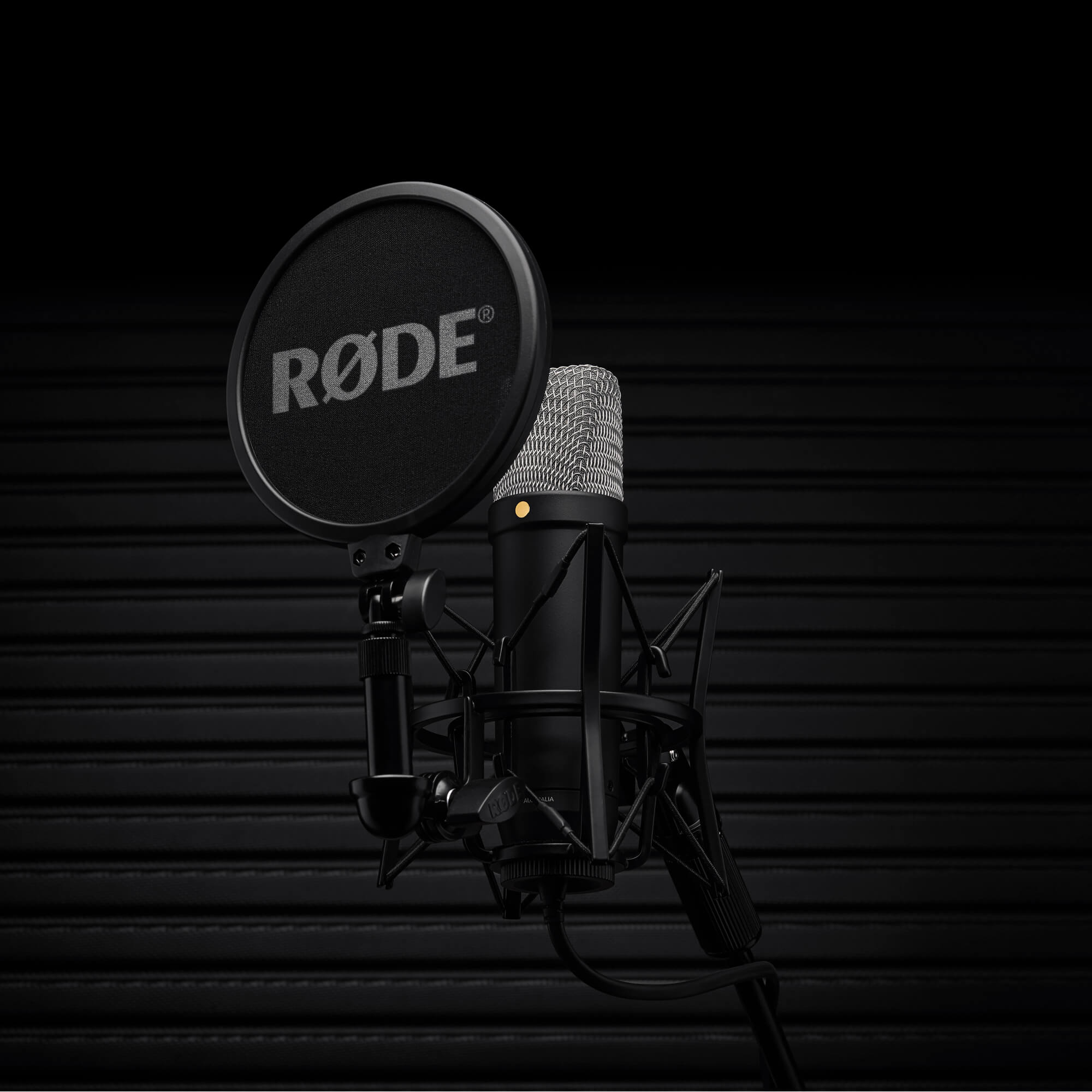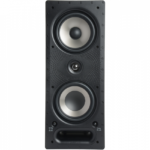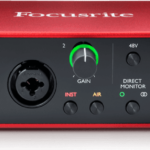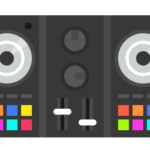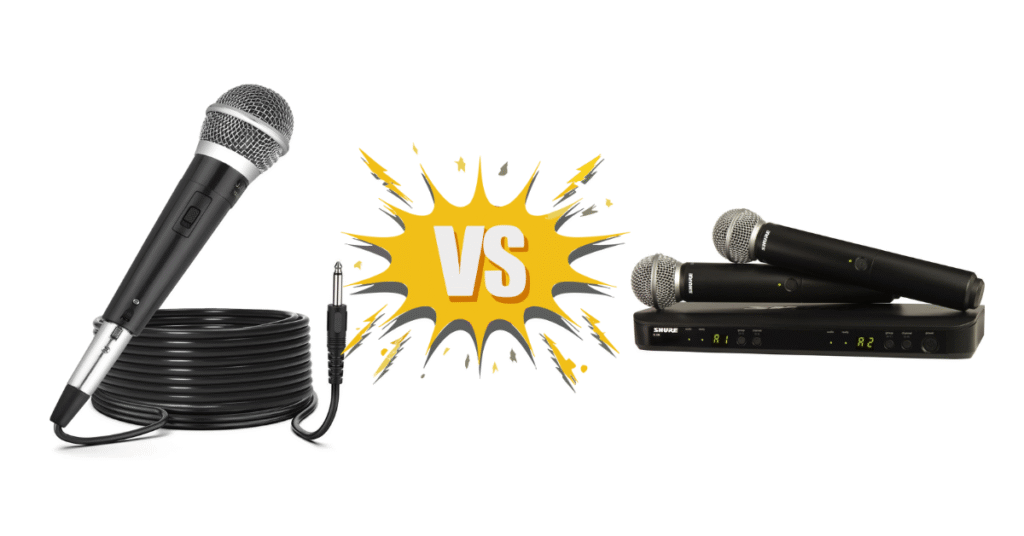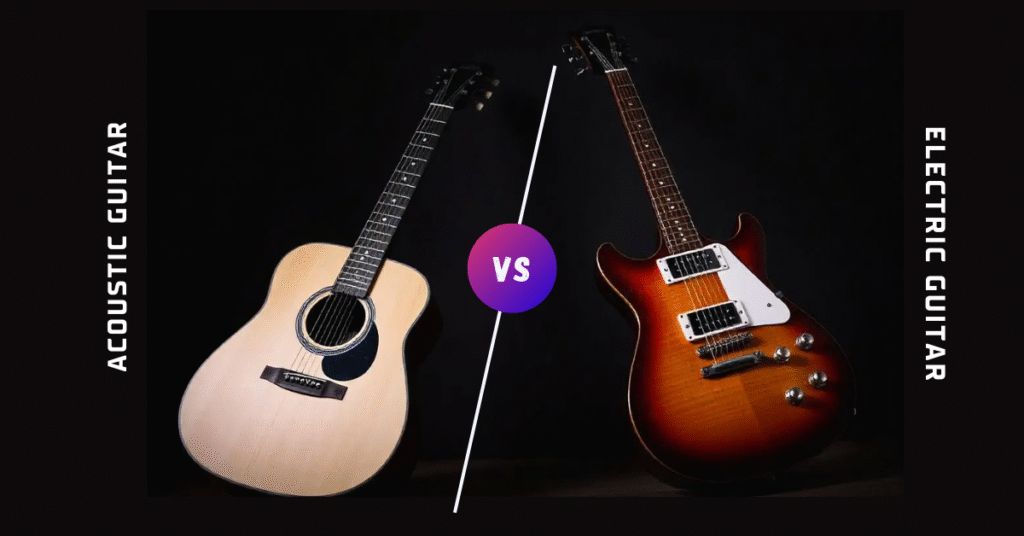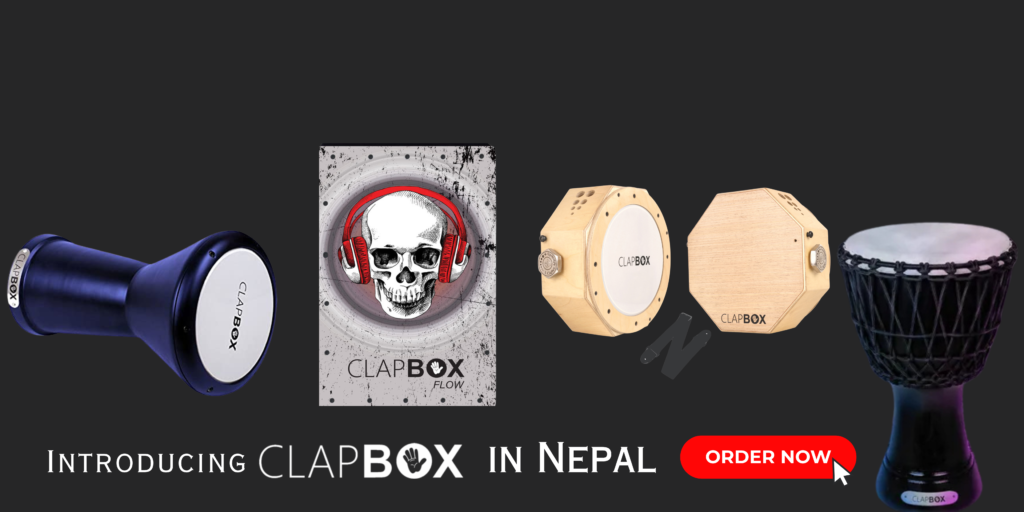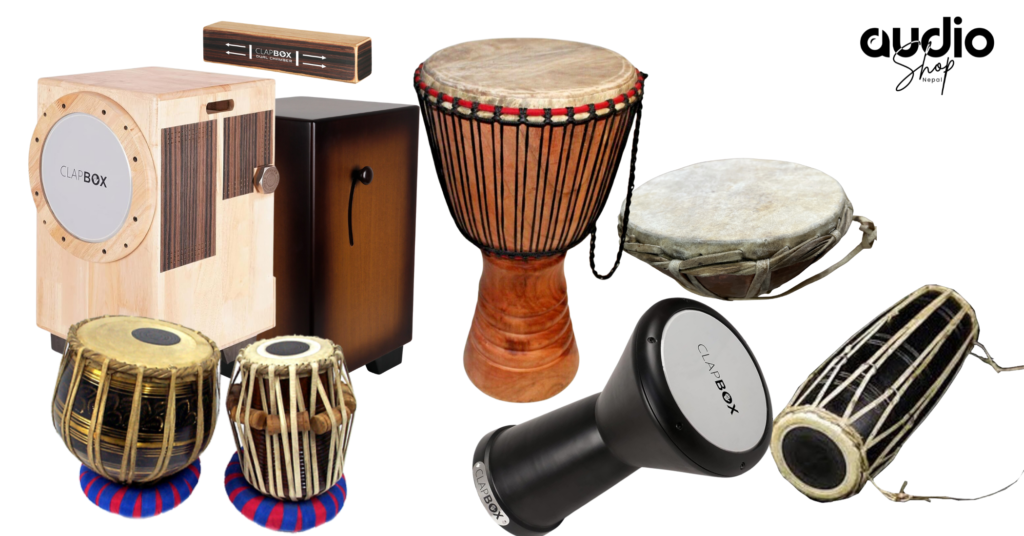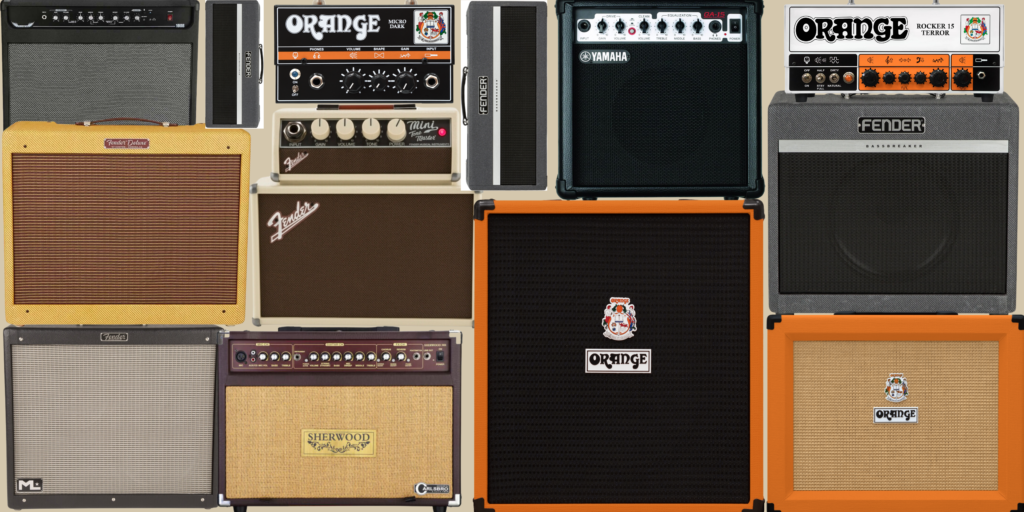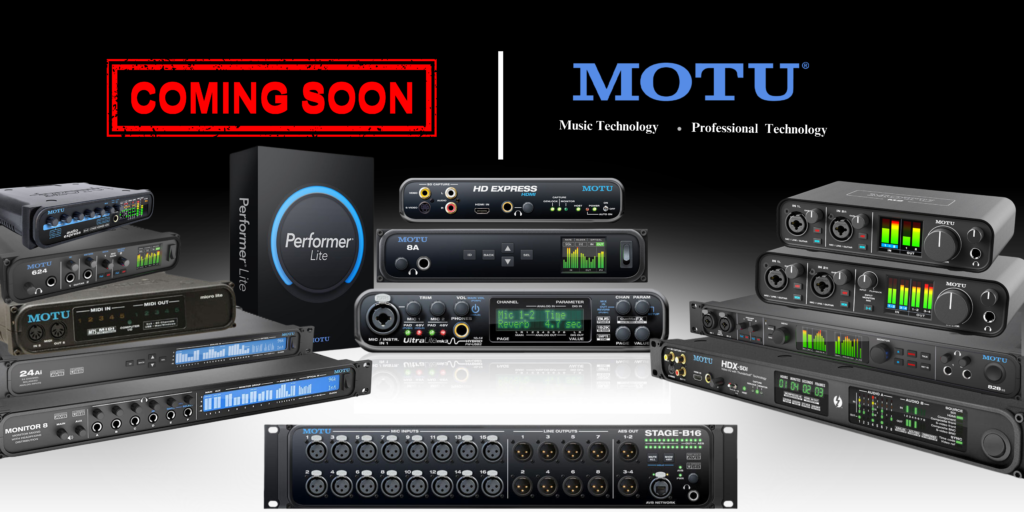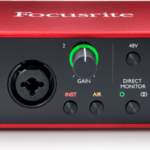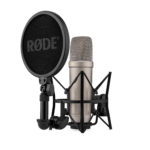Understanding Microphone Polar Pattern
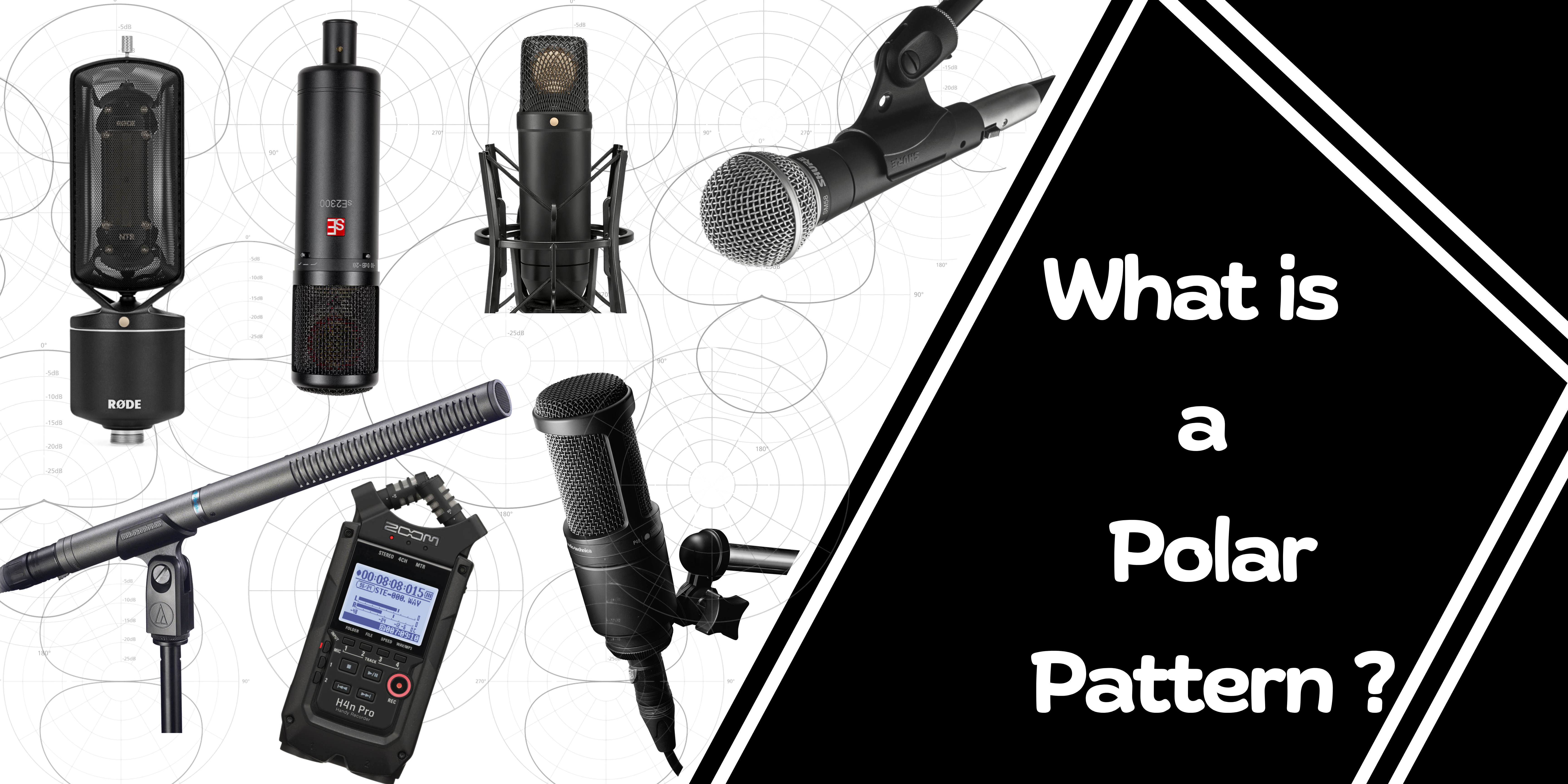
It is essential to know Microphone Polar Pattern to get the perfect recording out of your microphone
A microphone is a device that converts sound waves into electrical signals, which can then be recorded or transmitted to other devices. Microphones are used in many different types of audio recording devices, including for speech, music, and communications.
Here in this blog we will be talking about Microphones that are essential tools in various fields, from music production and broadcasting to everyday communication and online content creation. Understanding the different types of microphones, their uses, and the concept of polar patterns can help you make informed decisions when choosing the right microphone for your needs.
Types of Microphones
Dynamic Microphones
Dynamic microphones are known for their durability and ability to handle high sound pressure levels without distortion. This makes them ideal for live performances where robustness is crucial. They operate using a simple mechanism where sound waves move a diaphragm attached to a coil of wire. This coil moves within a magnetic field, generating an electrical signal.
- Additional Advantages: Resistant to moisture, which makes them suitable for outdoor use.
- Real-World Example: A dynamic microphone is used by a lead singer during a rock concert due to its ability to handle loud volumes and rough handling.
Condenser Microphones
Condenser microphones are highly sensitive and provide a detailed, accurate sound reproduction. They operate using a capacitor (condenser) that changes capacitance based on sound waves hitting a diaphragm. These microphones require an external power source, usually provided via phantom power (48V) from an audio interface or mixer.
- Additional Advantages: Ideal for capturing subtle nuances in sound, making them a favorite in studio settings.
- Real-World Example: A condenser microphone is used in a recording studio to capture a vocalist’s performance with high fidelity.
Ribbon Microphones
Ribbon microphones offer a smooth and natural sound, capturing sound waves with a thin metal ribbon suspended between magnets. They are highly sensitive and can be delicate, but they excel in capturing the richness of sound sources like string instruments and vocals.
- Additional Advantages: Often provide a vintage sound character.
- Real-World Example: A ribbon microphone is used in a studio to record a jazz saxophonist, capturing the warm, rich tones of the instrument.
Lavalier Microphones
Lavalier microphones are small and easily attached to clothing, making them perfect for situations requiring discreet audio capture. They are often used in conjunction with wireless systems for mobility.
- Additional Advantages: Allows for hands-free operation and is less obtrusive on camera.
- Real-World Example: A lavalier microphone is used by a news anchor to ensure clear audio without being visually intrusive on screen.
Shotgun Microphones
Shotgun microphones have a highly directional pickup pattern, making them ideal for isolating sounds in noisy environments. They use an interference tube to achieve their focused pickup pattern, which helps in capturing sound from a distance.
- Additional Advantages: Excellent at rejecting off-axis noise.
- Real-World Example: A shotgun microphone is mounted on a boom pole to capture dialogue on a busy film set without picking up background noise.
What Do You Mean by Polar Pattern of Microphones?
Polar pattern refers to the sensitivity of a microphone to sounds arriving from different directions. It determines how a microphone picks up sound and from which directions it is most and least sensitive. Understanding the polar pattern of a microphone is crucial because it influences how well the microphone will perform in different environments and for various applications.
What is a Polar Pattern?
A polar pattern is a graphical representation of a microphone’s directional sensitivity. It shows how the microphone responds to sound coming from various angles relative to its central axis. These patterns help users understand the best positioning and usage scenarios for a microphone.
Meaning of Polar Pattern
The polar pattern of a microphone defines how it responds to sounds coming from different directions. This characteristic is crucial in determining the microphone’s suitability for various applications. By understanding a microphone’s polar pattern, users can make informed decisions about placement and selection for specific recording or live sound situations.
Types of Polar Patterns
· Omnidirectional
- Meaning: Captures sound equally from all directions (360 degrees).
- Use: Ideal for recording ambient sounds or multiple sources around the microphone.
- Example: Used for capturing the natural acoustics of a room or for interviews where the interviewer and interviewee are moving around.
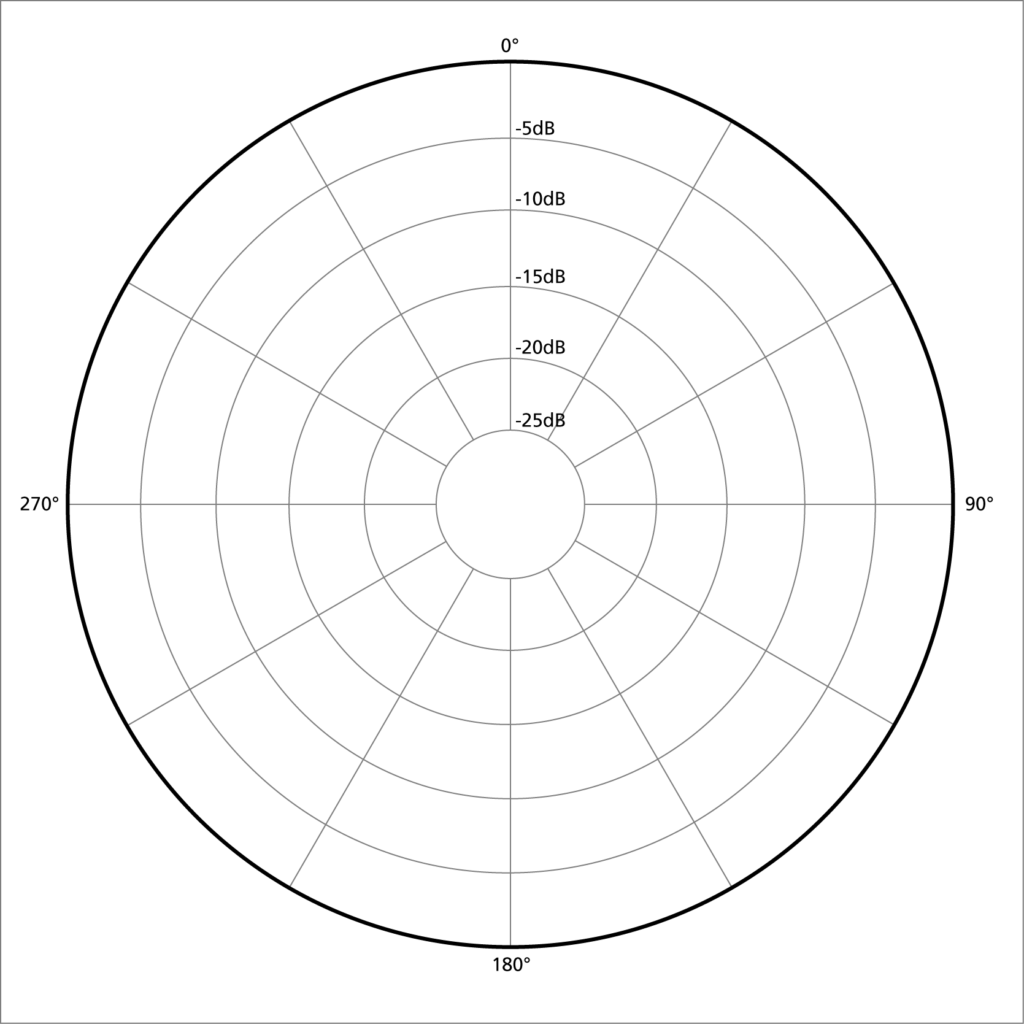
· Cardioid
- Meaning: Captures sound primarily from the front, with some sensitivity to the sides and minimal pickup from the rear.
- Use: Suitable for isolating a single sound source, reducing background noise.
- Example: Used by vocalists on stage or in studio recordings to focus on their voice and minimize ambient noise.
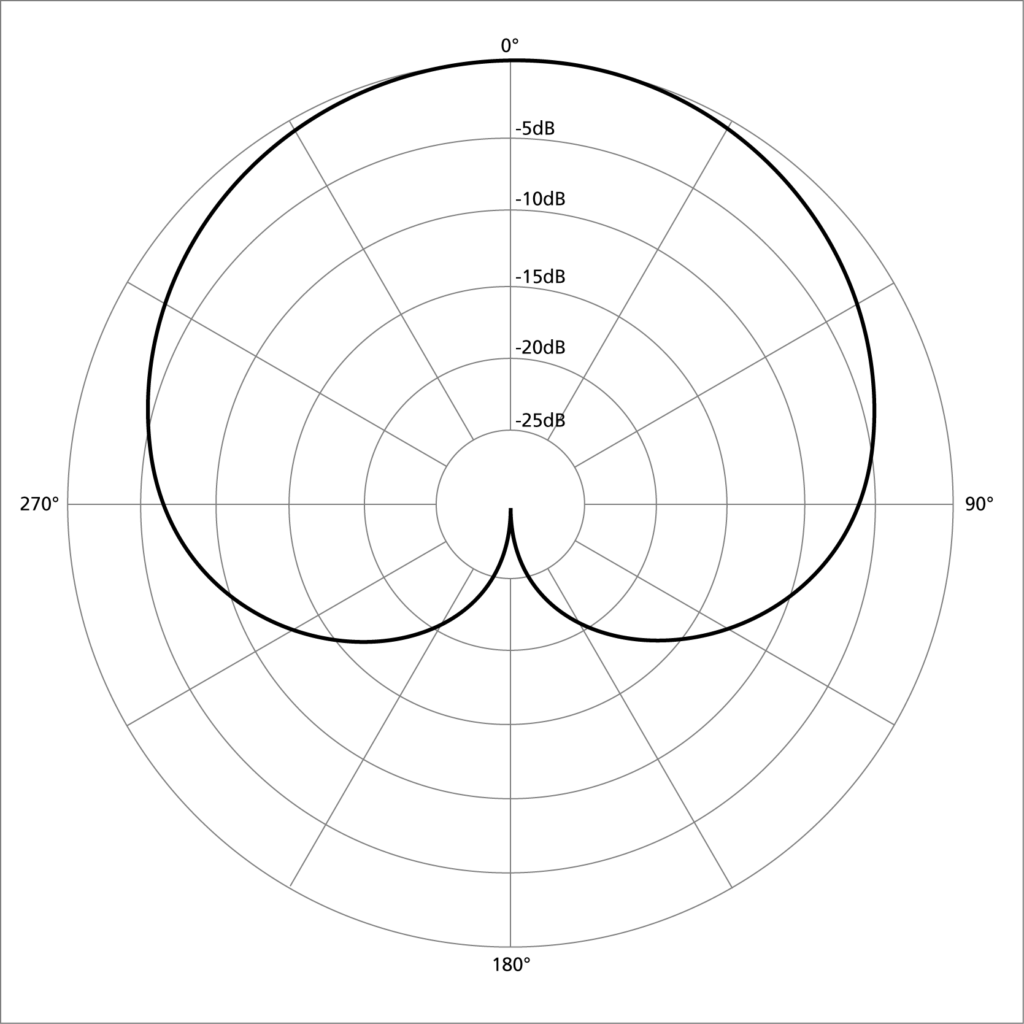
· Supercardioid and Hypercardioid
- Meaning: More directional than cardioid, capturing sound from the front with a tighter pickup area, and slightly more sensitivity to the rear.
- Use: Ideal for isolating sound in noisy environments.
- Example: Used in film production to focus on a specific actor’s dialogue while reducing noise from the sides.
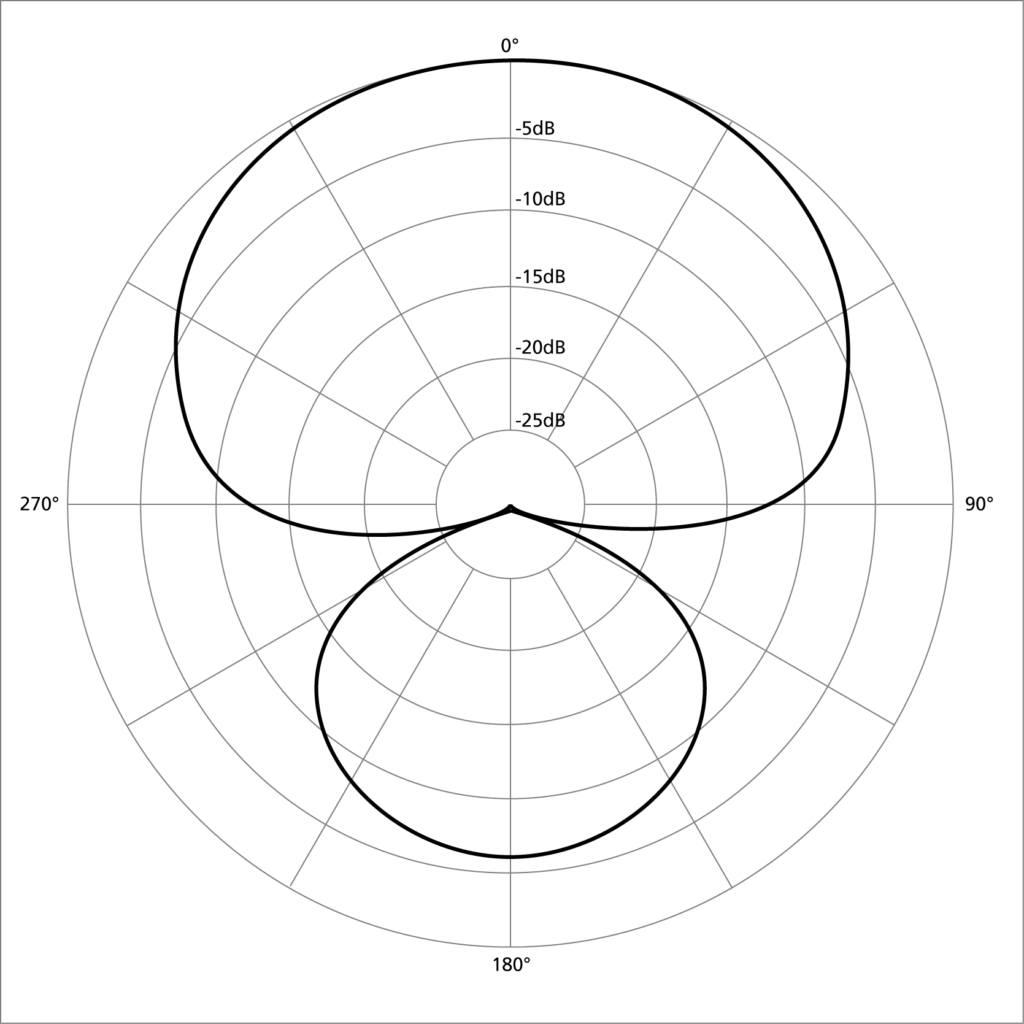
· Bidirectional (Figure-8)
- Meaning: Captures sound from the front and back while rejecting sound from the sides.
- Use: Useful for recording two sound sources positioned opposite each other.
- Example: Used in studio settings for recording duets or face-to-face interviews.
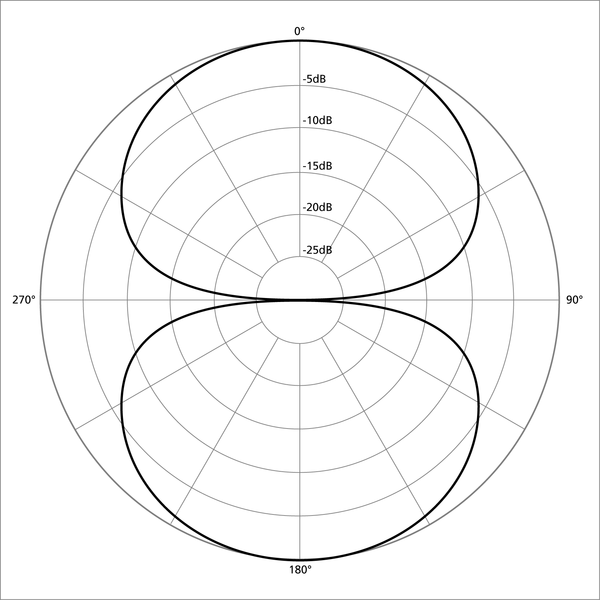
· Shotgun (Lobar)
- Meaning: Extremely directional, capturing sound from a narrow area directly in front of the microphone while rejecting sound from the sides and rear.
- Use: Best for recording distant sound sources or in environments with a lot of ambient noise.
- Example: Used in field recording and film production to capture specific sounds or dialogue from a distance.
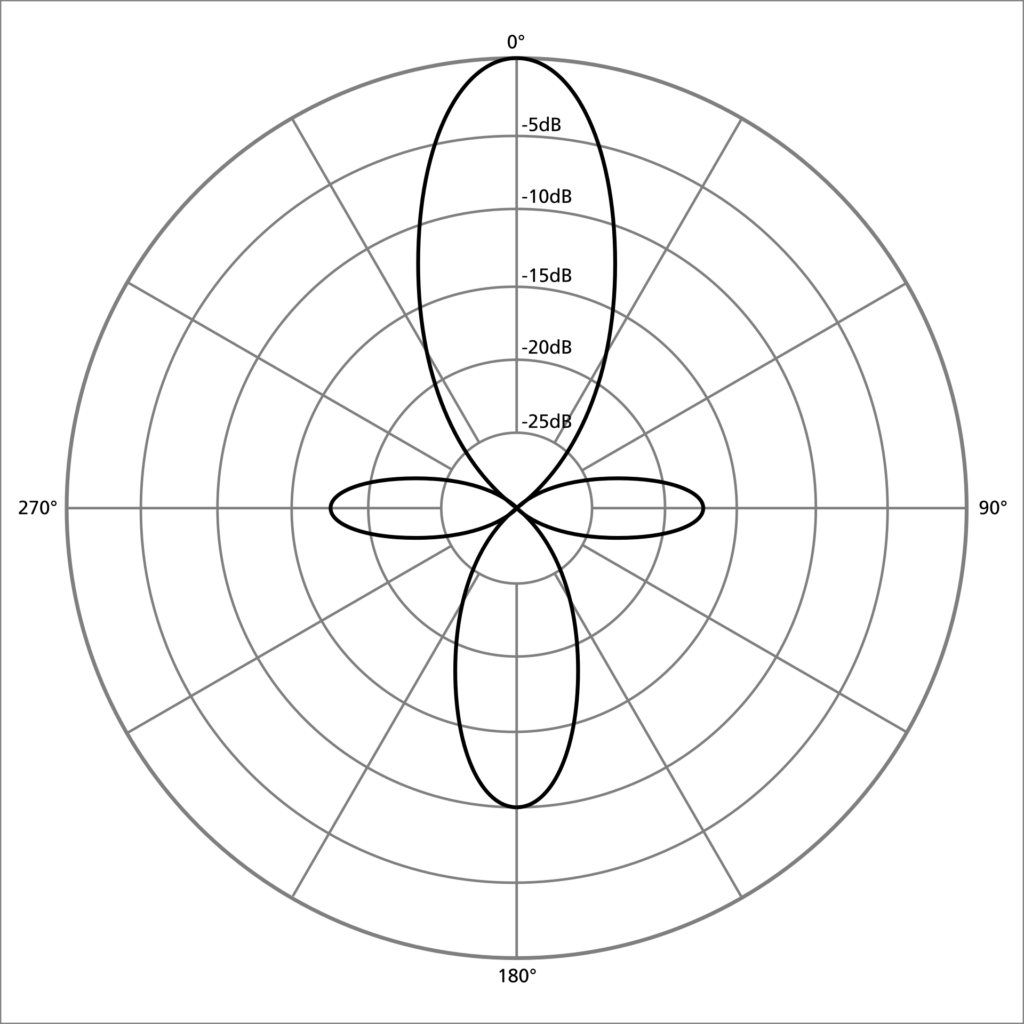
How Microphone Polar Pattern Work
Polar patterns are influenced by the design of the microphone’s diaphragm and its housing. Here’s how different patterns achieve their directional characteristics:
- Omnidirectional: Single diaphragm design allows equal sensitivity from all directions.
- Cardioid: Uses phase cancellation to reject sound from the rear, achieved by sound entering ports on the sides and rear of the microphone.
- Bidirectional: Utilizes two diaphragms to capture sound from the front and back while canceling sound from the sides.
- Shotgun: Employs an interference tube with slits along the sides to create a narrow pickup pattern by canceling out sound arriving off-axis.
Day-to-Day Examples of Microphone Polar Pattern
- Podcasting with a Cardioid Condenser Microphone: Isolates the speaker’s voice and minimizes room echo, providing clear and professional audio quality.
- Recording Ambient Sound with an Omnidirectional Microphone: Captures the full environment for a natural and immersive audio experience, useful in nature documentaries.
- Interviewing with a Bidirectional Microphone: Perfect for face-to-face interviews where both participants’ voices need to be captured clearly without picking up side noise.
Conclusion
Microphones are versatile tools with various types and polar patterns designed for specific applications. By understanding these differences, you can choose the right microphone to enhance your audio recording, whether you’re a musician, filmmaker, podcaster, or public speaker. The key is to match the microphone’s characteristics with your recording environment and needs, ensuring the best possible sound quality for your projects.
For all your audio needs, Audio Shop Nepal is your premier destination. Whether you’re a professional sound engineer, a budding musician, or an audio enthusiast, Audio Shop Nepal offers a wide range of microphones and audio equipment to suit every requirement. Visit us today to explore our extensive collection and receive expert advice on finding the perfect gear for your projects.

